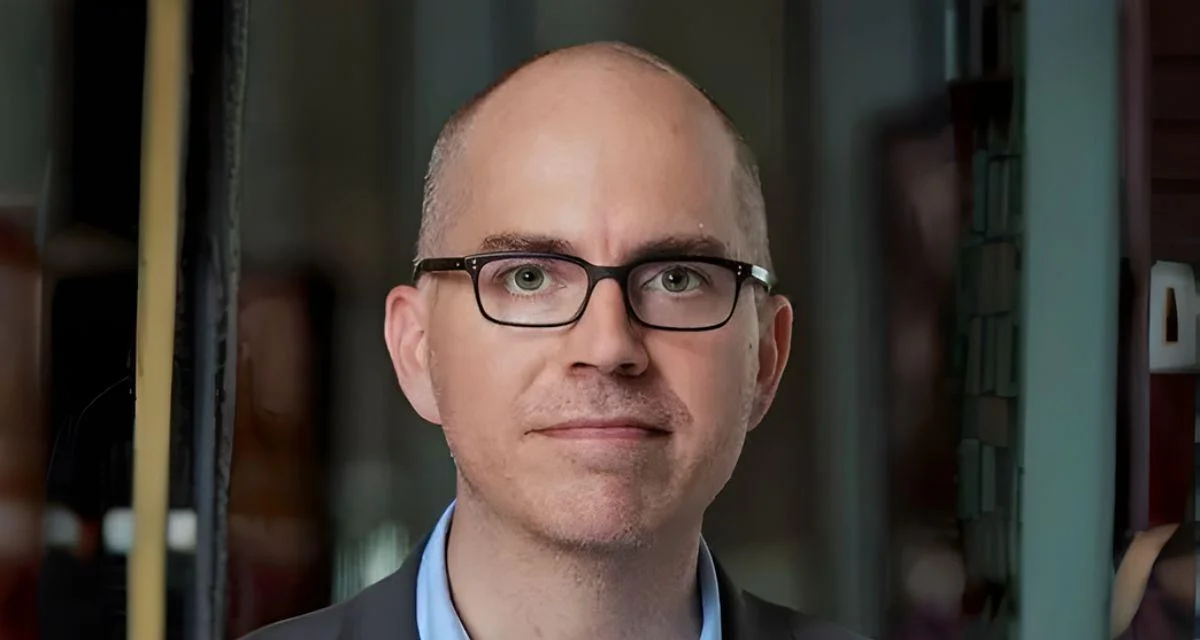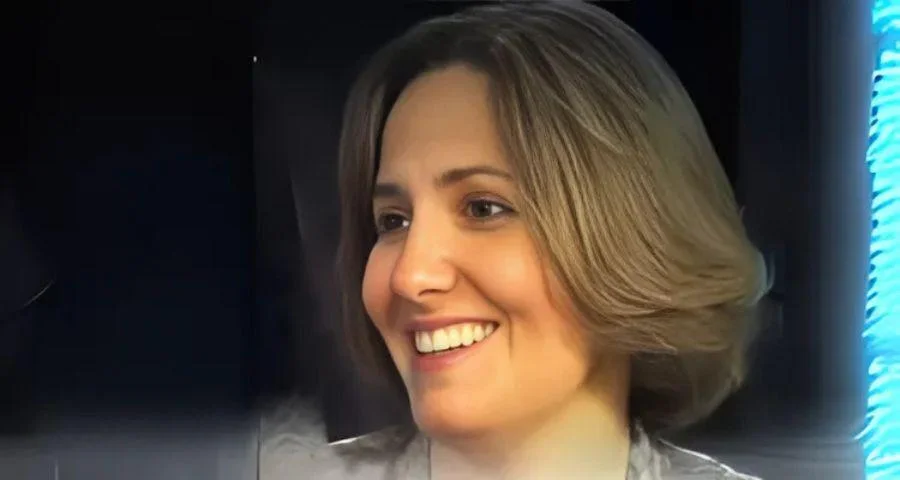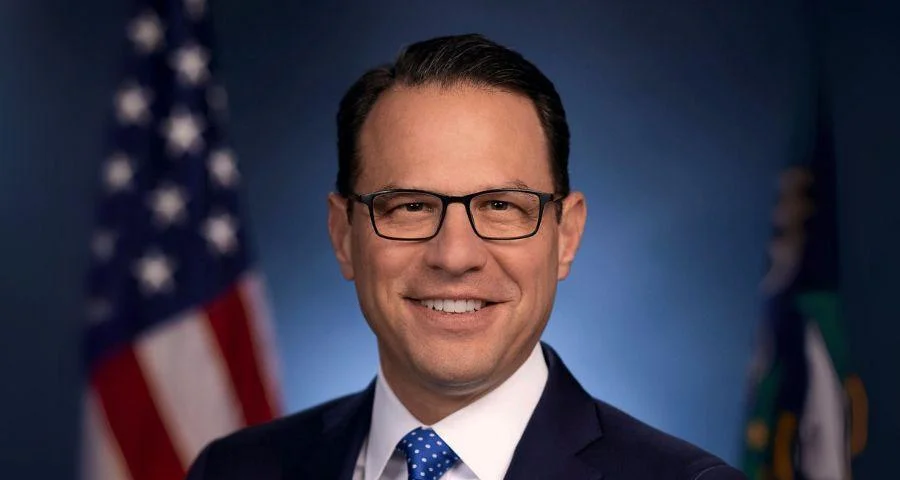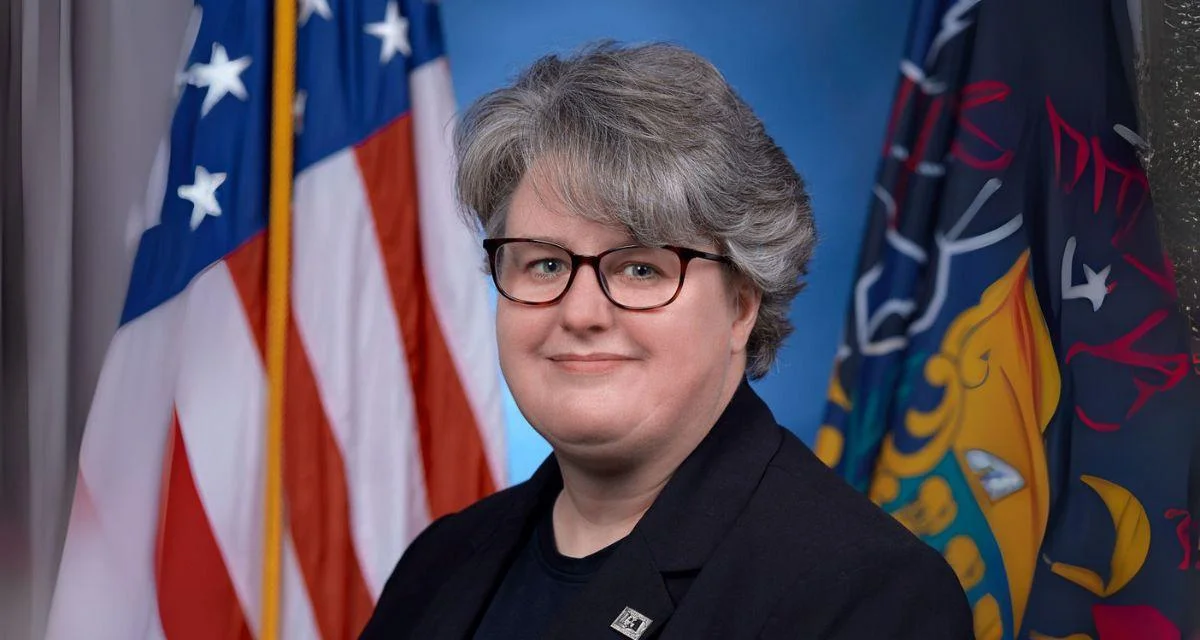
Mi Aniefuna Senior Research Manager | Official Website
In the 2021-2022 academic year, a report by the Ohio Department of Education and Workforce revealed that over 43,000 individuals with active teaching credentials were not employed in public schools. The Thomas Fordham Institute has noted the unclear nature of Ohio's teacher shortage due to insufficient data on why teachers are leaving and challenges faced during hiring.
At the International Academy of Columbus, part of the Columbus City school district, open teaching positions often receive no applications. This situation highlights the broader struggle with teacher shortages in Ohio, exacerbated by the COVID-19 pandemic. A potential solution lies in immigrant educators who could fill these gaps while supporting student development.
Central Ohio is one of the fastest-growing areas for immigrants in the U.S., according to a Bank of America study. Despite many holding bachelor's degrees or higher, immigrants face barriers to entering teaching due to complex certification processes and systemic hiring challenges.
An immigrant educator from Jordan shared her experience navigating these hurdles since moving to the U.S. in 2016. She highlighted costly credential evaluations and licensing exams as significant obstacles for newly arrived immigrants seeking financial stability.
Without formal guidance or partnerships, many immigrant educators struggle with certification processes and may abandon their pursuit of teaching careers due to lack of support. Even after meeting state requirements, bias can complicate job searches.
The educator recounted an incident where she was deemed "over-certified yet underqualified" because her master's degree placed her on a higher pay scale than candidates with U.S. bachelor's degrees. This bias underscores a preference for American credentials over foreign qualifications.
To address this issue, policymakers should value immigrant educators' experiences and consider cultural differences in hiring practices. Clarifying certification processes and providing resources can help immigrants overcome obstacles created by teacher shortages post-pandemic.
Ohio must establish robust support systems and equitable hiring practices to leverage immigrant educators' knowledge and experience. Schools should offer mentorship programs, professional development opportunities, and train leaders to integrate immigrant educators into educational environments effectively.
By utilizing immigrant educators' talents, Ohio can alleviate its teacher shortage while fostering a dynamic learning environment that celebrates academic excellence.





 Alerts Sign-up
Alerts Sign-up